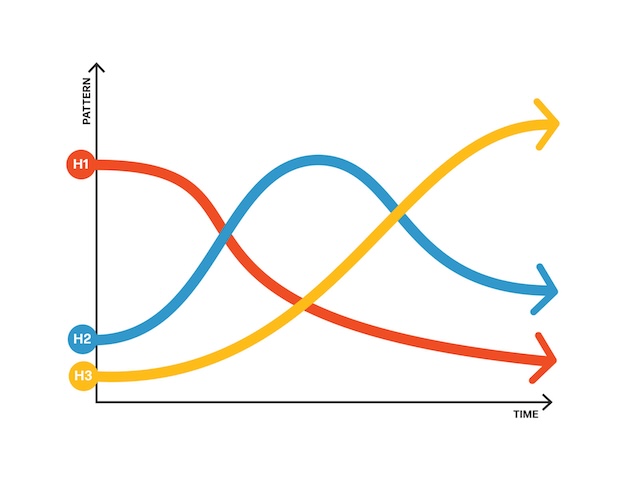Yesterday at a workshop I am attending (more on this soon), I was given a slip of paper with a question to reflect on. It said:
How do we make decision, and what factors truly influence the choices we think are our own?
I almost laughed out loud because yesterday’s post was a long riff on decision making. I really hesitated before publishing that post because I wasn’t entirely sure of its relevance to this series of posts. But having received this slip of paper, I feel entirely vindicated in my choice of post!
Now, of course, that’s just a coincidence. I could have written a post on any subject yesterday and found something written down somewhere the next day that related to the same topic.
But it’s also a signal. The signal is that my brain is looking to make connections to, and draw significance to, the topic of decision-making.
As engineers (and other humans) we are bombarded with inputs in our daily lives. There are far too many inputs to process. But quietly, in the background, our subconscious is processing and pattern spotting.
And there is also resonance with last week’s posts about looking for patterns in chaos.
As we navigate the world as designers, creators, leaders and enablers, and as we do this in times of overwhelming inputs, our pattern-spotting brains can help us make sense of the possibilities.
The patterns that our brain is getting us to follow might not make sense at first. That often seems to be the way of the subconscious. But maybe it is worth trusting to this instinct and seeing what emerges. Follow that lead. Go out on a limb. It may turn out that our subconscious has locked on to something useful.
This post originally appeared on Eiffelover.com on 29th September 2024.

